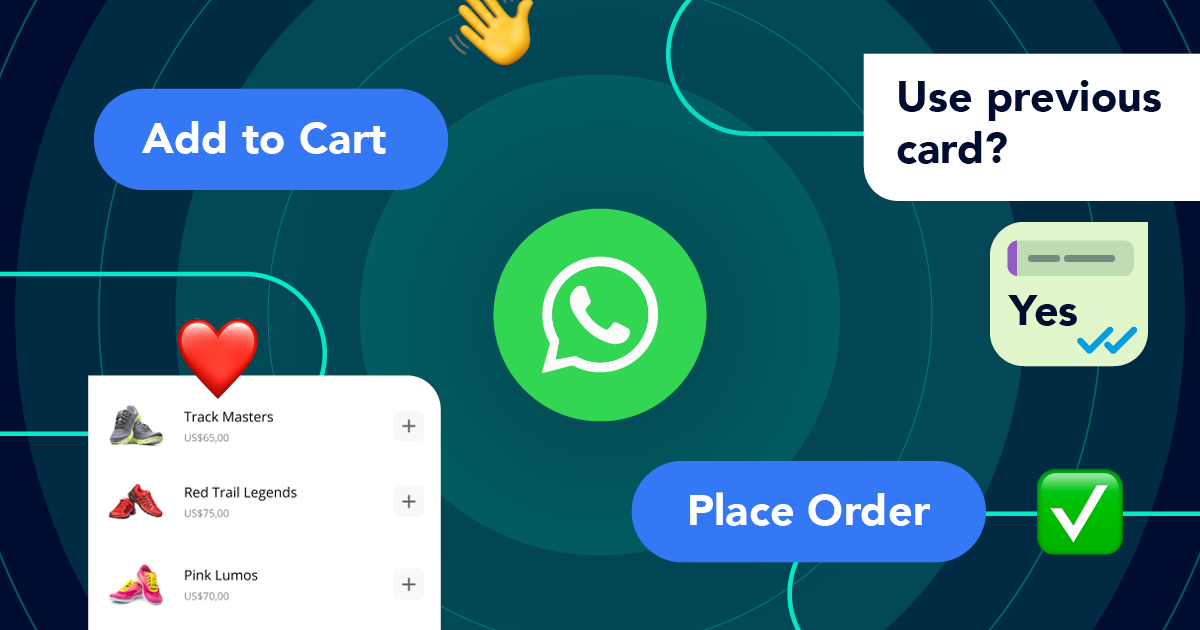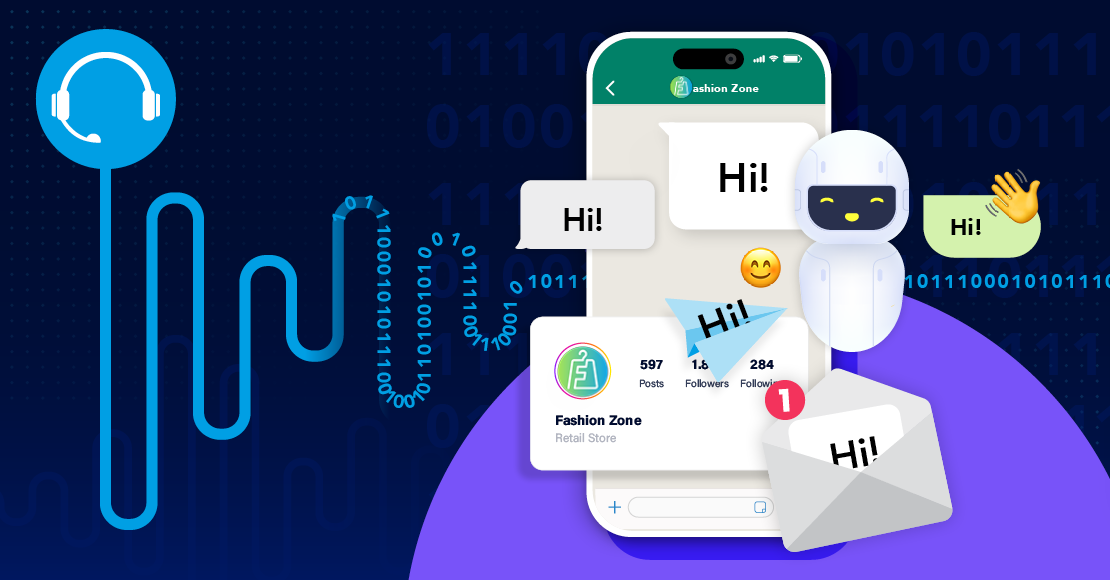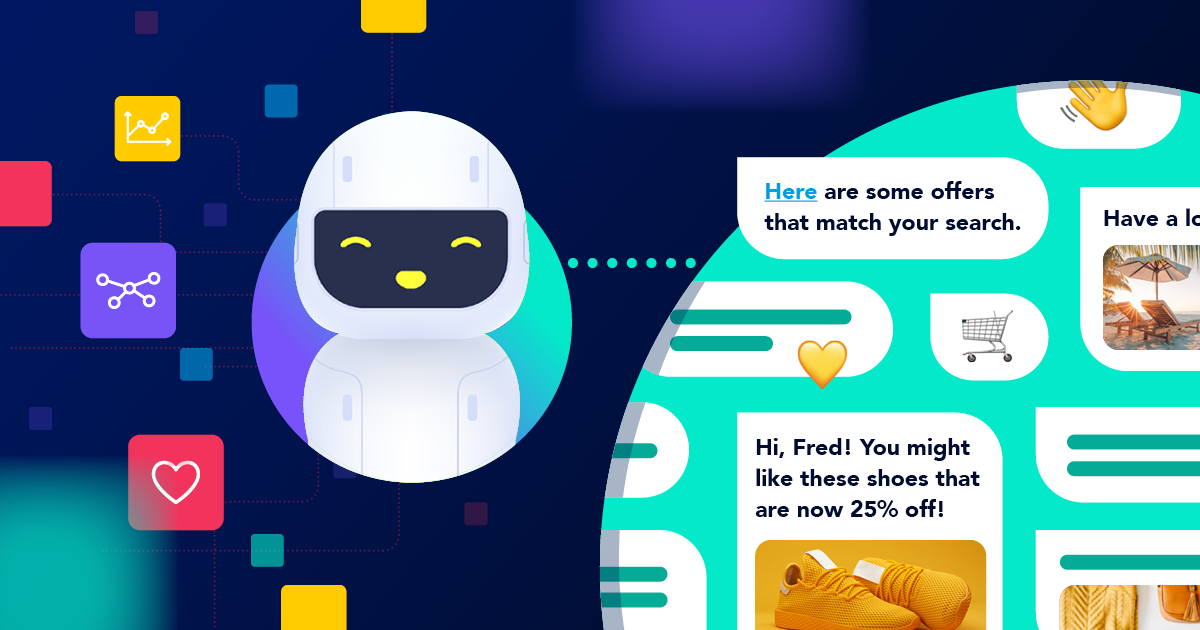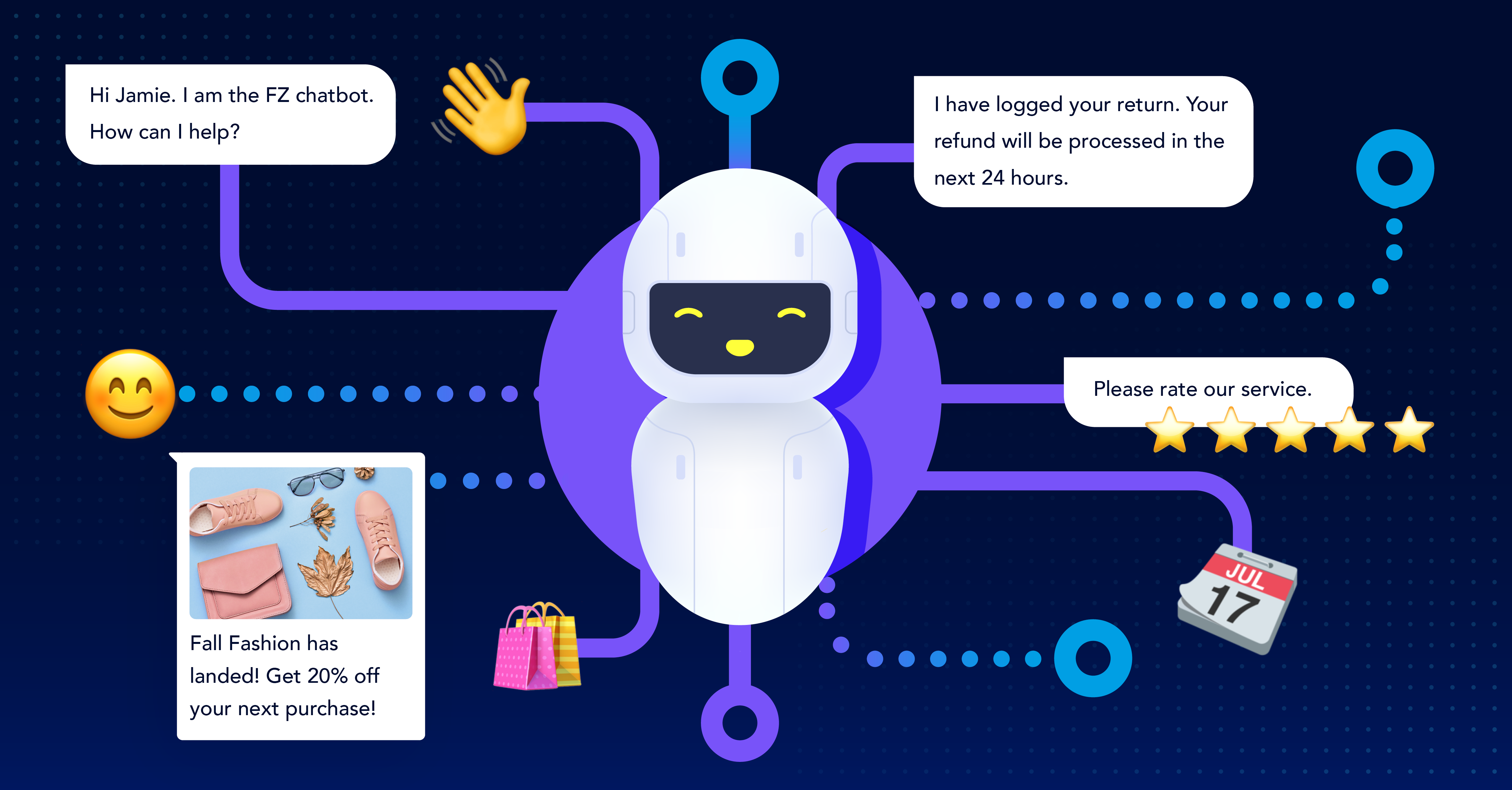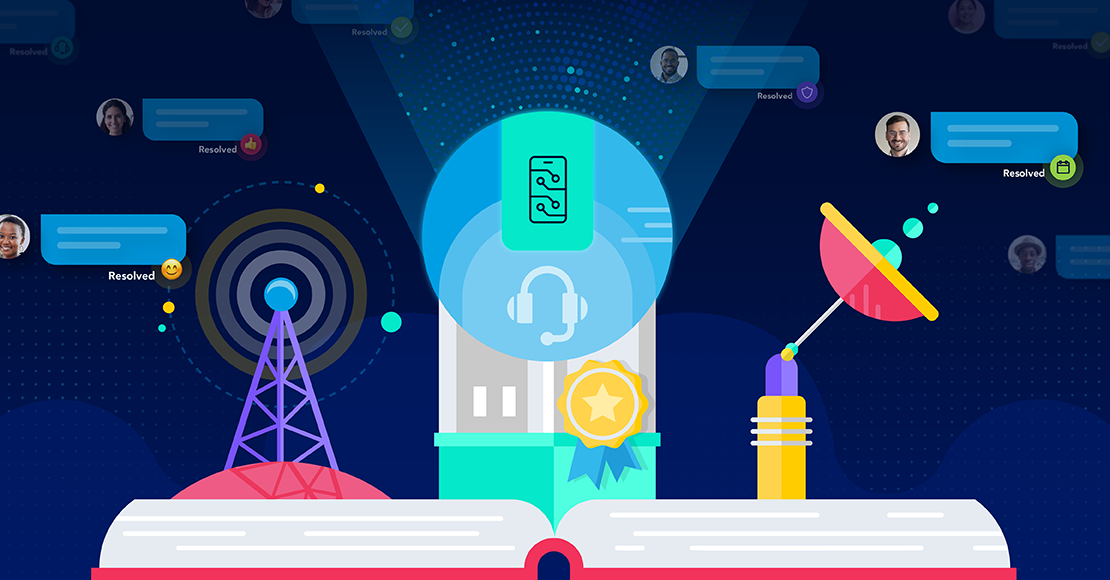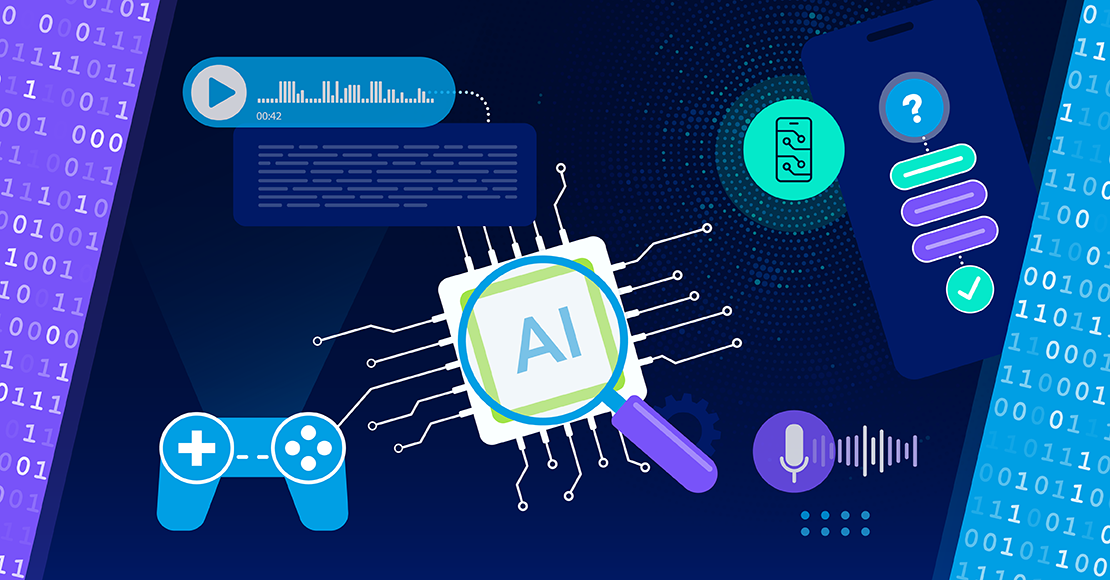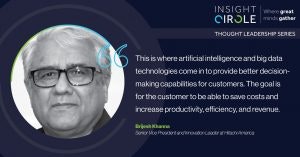
How are advancements in Artificial Intelligence (AI) and the Internet of Things (IoT) creating massive efficiencies for key industries that form the backbone of the US economy? This was a topic we learned a lot about when we recently interviewed Brijesh Khanna, Senior Vice President and Innovation Leader at Hitachi America.
Accelerating Innovation and R&D
We began by asking Brijesh to describe his role with innovation at Hitachi in the areas of Big Data and Industrial IoT: “In very simple terms, we take leading edge AI technology straight from our R&D Labs and convert it into value to generate a return for the customer. My role is to gain speed to market. Especially in Silicon Valley, speed to market is very important. We have essentially created a mini business organization within R&D to test and validate technologies early on in a customer project. Hitachi’s benefit is we get to market quickly and are able to decide whether a project is worth pursuing. For the customer, it gives them a competitive edge with advanced digital solutions.”
“IoT is a means to an end. It's basically a data pipe that delivers data from machines. One of the key things happening is that machines have begun to talk to one another, and they have started to automatically emit or transmit data via embedded sensors and embedded technology. Thus, the amount of data available has risen exponentially. However, just connecting machines and acquiring data is the simple part. The larger question is what do you do with this raw data? How do you use it to get to actionable insights? This is where artificial intelligence and big data technologies come in to provide better decision-making capabilities for customers. The goal is for the customer to be able to save costs and increase productivity, efficiency, and revenue.”
Brijesh described three immediate key areas of focus for his team, as well as the underlying factors they all have in common: “We have three key areas of focus right now, the first being the Commercial Transportation Fleet industry, the second Manufacturing, and the third Healthcare. If you look at these industries, what's common between them is they all have expensive assets, and their revenue and profitability depend on how well these assets are utilized. It is about Asset Availability, Asset Utilization, Asset Quality and Asset Safety. Each of these areas can be significantly improved using AI and upcoming digital technologies.”
Transportation Industry
Brijesh painted a picture of how critical the Transportation Industry is to the economy and the benefits of gaining new efficiencies with AI and IoT: “Let's take the example of trucking. There are approximately 40 million trucks in this country just in freight alone — not even counting buses, etc. These trucks drive around 300 billion miles a year and consume 55 billion gallons of fuel yearly. An average cross-country haul is 1,000 – 2,000 miles, and trucks carry something like 12 billion tons of freight a year. So as you might imagine, the entire economy depends on these trucks — 10 wheelers and 18 wheelers moving up and down the country.”
“Some seven or eight years ago, the industry started to install devices in trucks that transmitted and stored data. We now have petabytes of data that has been collected for years from these trucks, including GPS data, driver behavior data, fuel consumption data, driving patterns and very importantly, fault code and repair data. When you use machine learning and artificial intelligence to analyze the pattern of fault codes coming in, you can predict future breakdowns and tell the truck’s operator that it is likely to fail in the next 2,500 miles, and which component is most likely to fail. With information like this, you can solve a huge expense problem for this $800 billion industry. The cost of a preventive repair is 8 to 10 times lower than the cost of breakdowns on the roadside. Not to mention delayed freight shipments.”
“Now let's say the truck has broken down, because they will eventually break down. When you call a truck repair shop, the turnaround time can be as much as four days, of which three and a half are spent waiting for a part to arrive. It might only take four to five hours for the actual repair. Thus if you can provide information that your truck is going to fail to the repair shop in advance and which component will be required, you can now direct the truck to the right repair shop where the component is available before the truck arrives at the shop. There are many such use-cases that have substantial savings, such as effectiveness of repairs; remaining useful life of a component or assembly or the truck itself; predicting driver fatigue; automated video inspections; battery usage analysis etc.”
Innovation in Manufacturing
Brijesh then described some of the applications of AI and IoT to manufacturing: “What is a business problem you try to solve in a manufacturing plant? One is to be able to predict and tell the salesperson what delivery date to commit to for a particular order. For example, if you're manufacturing specialized equipment and your customer says they need 500 parts of this or 5000 parts of that, they want to know when you will be able to deliver it to them. To do so, the manufacturing plant can use sophisticated data models to plan the manufacturing schedule right down to each assembly line loading and scheduling. So you should be able to have sensors all over your factory and assembly lines to quickly build out your manufacturing schedule and optimize your manufacturing using artificial intelligence. You should be able to predict, based on assembly line schedules, potential downtimes, raw material supply and how frequently you load the machine, a very accurate delivery date. AI is used to monitor using video, acoustic and other sensors, individual assembly lines, workers and the entire plant. The data is gathered from all potential sources and analyzed for actionable insights.”
Digital Transformations in Healthcare
Brijesh described some of the applications of AI in Healthcare: “In a hospital you may have a patient that comes in and his vitals, etc. appear normal. But after three or four days, the patient suddenly deteriorates and has to move to the ICU and then might even rapidly die. This is typical in hospitals. We are currently working with data from many hospitals to see if when a patient comes in, by looking at cohort data, historical data, geographical data of any diseases floating around in the area, etc., we can build an artificial intelligence model that says: ‘This patient looks okay today, but his chances of moving into the ICU are 80–90%.’
A similar example is when patients are discharged but end up returning to the ICU or hospital within 30 days. How do you reduce the number of patients returning to the hospital? This is important because insurance companies have now started to pay on a per case basis, rather than on per treatment basis. Thus, if a case has been registered and the patient comes back, insurance doesn't pay the hospital again. There's a huge financial benefit to hospitals to be able to predict in advance a patient’s likely outcome.”
Benefits of Co-Creation with the Customer
We asked Brijesh to talk a bit more about the benefits of working closely with customers from the earliest stages of R&D: “We see benefits both in building and managing data models and also in the early input of the customer’s domain expertise. On the data side, from day one we start thinking about how we're going to deliver the solution. We've also created what we call a delivery mechanism in the cloud, an environment where we can deploy AI models to customers very rapidly. There is this whole process of model management. Maintaining AI models is not an easy process. For example, a single use case could have 100 to 200 integrated data models, which need to be managed, updated and periodically refreshed with new data. There are also other factors: are these real-time data models or are they non real-time models? Is it an edge analytics solution or is it a cloud-based solution?”
“Working closely with the customer at an early stage is important because the customer provides ‘subject matter expertise’ through their domain expertise. When you build these artificial intelligence models, you need to analyze the events (when an event takes place, what does it mean? Ignore or take action and when). This specialized input from the customer comes as domain expertise from the domain expert or subject matter expert. So, both on the domain side as well as on the data side, we benefit from our co-creation process.”
Autonomous Trucks, EV Trucks and JIT Repairs
We asked Brijesh about one or two big developments he is keeping his eye on in the years ahead: “The moment EV trucks come in, they will come prebuilt with these intelligent models rather than having to run a separate model outside as a post-hoc solution. This means your vehicle will do the analytics and run AI models within. When the check engine light comes on, there will be an analytics model running within the vehicle based on historical data, past repair records, fault codes, etc. that will tell you what is likely to happen well in advance, rather than running the models outside the vehicle afterwards. Over time, the advancements from all these models can also be applied and deployed on a larger scale to other types of transportation such as commercial vehicles (like cab fleets) or personal vehicles.”
“Virtual Reality is another big area we are keeping an eye on. VR will make remote diagnostics and repairs possible. We have a shortage of skilled technicians and VR will make a mechanic look at the faulty truck remotely and guide the local technician.”
“Another area I am watching is advancements in ‘just-in-time repairs of critical Material Handling Equipment.’ Freight companies (e.g. DHL, UPS) have material-handling equipment to move freight into their airplanes. If this container lifting the freight has any kind of breakdown causing a delay in the aircraft taking off, the costs can run into the thousands of dollars per minute. It's important then, just like you have ‘just-in-time inventory,’ to have ‘just-in-time repairs’ to ensure the equipment doesn’t break down or predict failures in advance. The AI models can assist tremendously with this.”
We are grateful for our discussion with Brijesh which was full of excellent insights. Please drop us a note in the comments section on your reaction to anything that Brijesh shared, and we will be sure to incorporate your feedback into future discussions.
Step into the future of business messaging.
SMS and two-way channels, automation, call center integration, payments - do it all with Clickatell's Chat Commerce platform.

